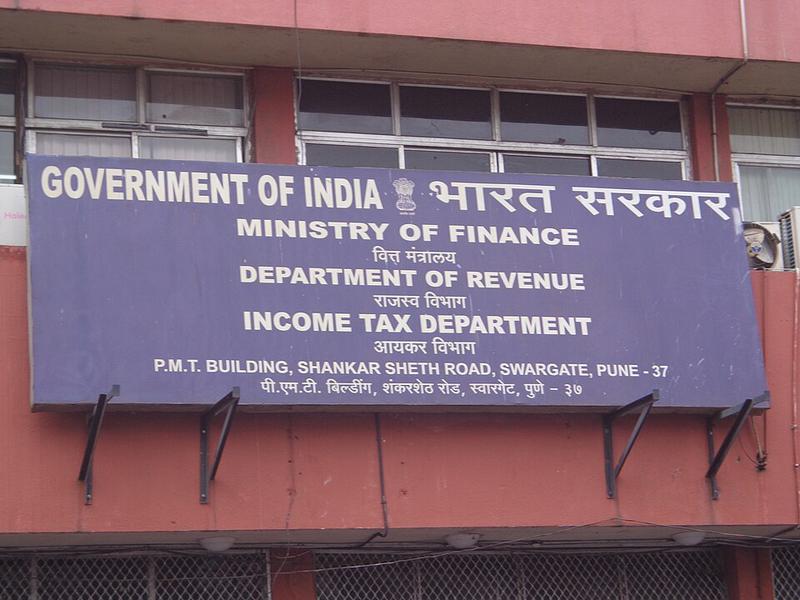ITR-2 and ITR-3 forms now live: Key changes and filing guide

The Income Tax Department has released ITR-2 and ITR-3 forms for e-filing income tax returns for the financial year 2024-25 (assessment year 2025-26).
With these forms now live, more categories of taxpayers can begin filing their returns on the official income tax portal.
Until now, only ITR-1 and ITR-4 were available for online filing. The recent rollout was confirmed by the department through a social media update, encouraging eligible individuals to begin the process.
ITR-2 is designed for individuals and Hindu Undivided Families (HUFs) who do not earn income from a business or profession.
It applies to those earning:
- Salaries or pensions
- Income from multiple residential properties
- Capital gains, especially if long-term gains exceed ₹1.25 lakh
- Income from foreign sources or ownership of foreign assets
- Dividends exceeding ₹10 lakh
This form is generally used by salaried individuals with complex income structures, such as stock investors or those owning multiple properties.
ITR-3, however, is intended for individuals and HUFs engaged in business or professional activities.
This includes:
- Proprietors or professionals
- Traders involved in intraday, futures, or options trading
- Partners in firms
It supports detailed financial disclosures, including profit and loss statements and balance sheet data.
Several changes have been introduced in ITR-3 for the new assessment year:
- Capital Gains Split: Taxpayers must report gains earned before and after July 23, 2024, in separate fields.
- Buyback Loss Conditions: From October 1, 2024, capital loss on listed share buybacks will be allowed only if related dividend income is disclosed.
- Asset Reporting Threshold Raised: Only those with annual income over ₹1 crore must report assets and liabilities, up from the previous ₹50 lakh limit.
- Expanded Deduction Reporting: More detailed entries are now required under sections like 80C and 10(13A).
- TDS Code Inclusion: Taxpayers need to mention the specific TDS section code for each deduction, improving traceability of tax credits.
While online submission of these forms is expected to open shortly, the filing process remains largely the same:
- Log in or register at the income tax website.
- Choose the appropriate ITR form based on your income type.
- Review and validate auto-filled data from Form 26AS and AIS.
- Enter all income and deduction details.
- Submit and complete e-verification via Aadhaar OTP, net banking, or other available methods.
For most taxpayers, the filing deadline is September 15, 2025. Those who require an audit must file their returns by October 31, 2025.
Taxpayers are advised to review the new requirements carefully and file early to avoid last-minute complications.
Image Credit: Universalashic, CC BY-SA 3.0, via Wikimedia Commons
Image Reference: https://commons.wikimedia.org/wiki/File:Income_Tax_Deoartment.JPG









